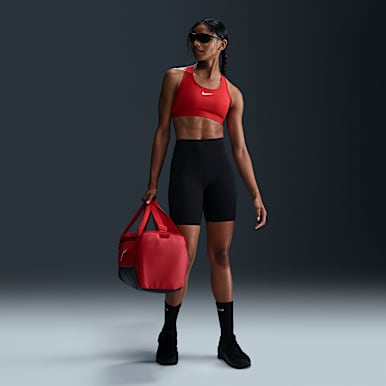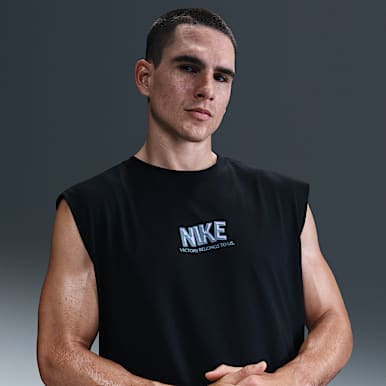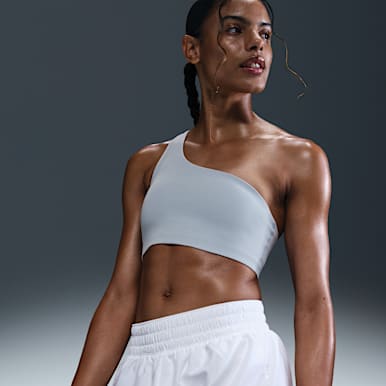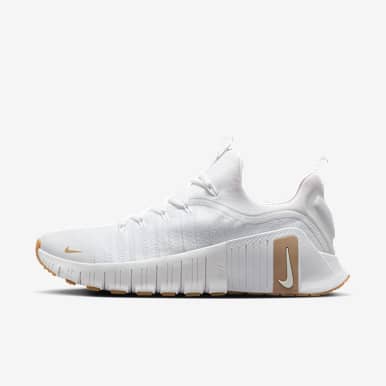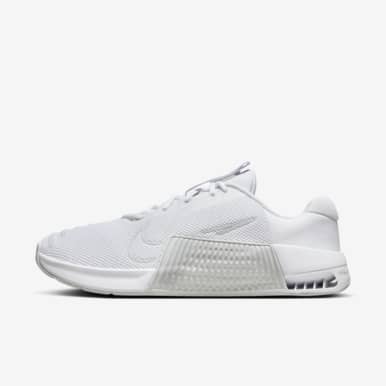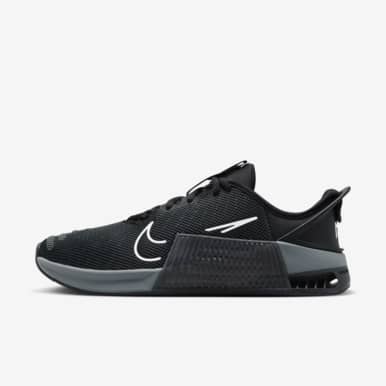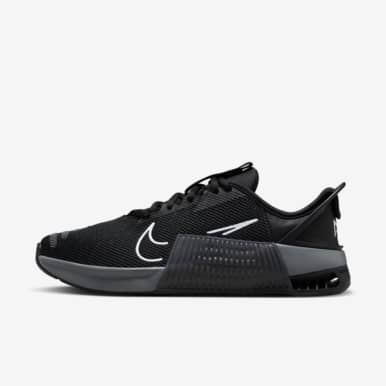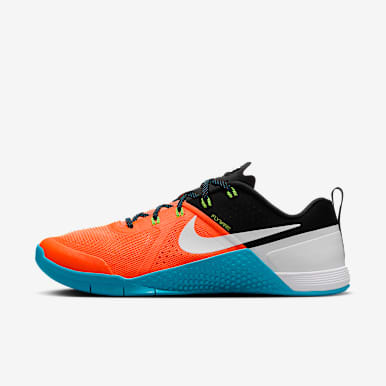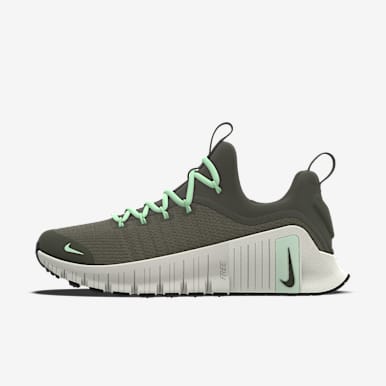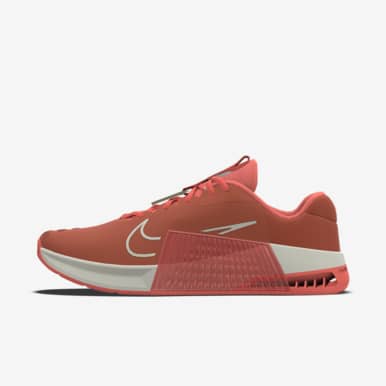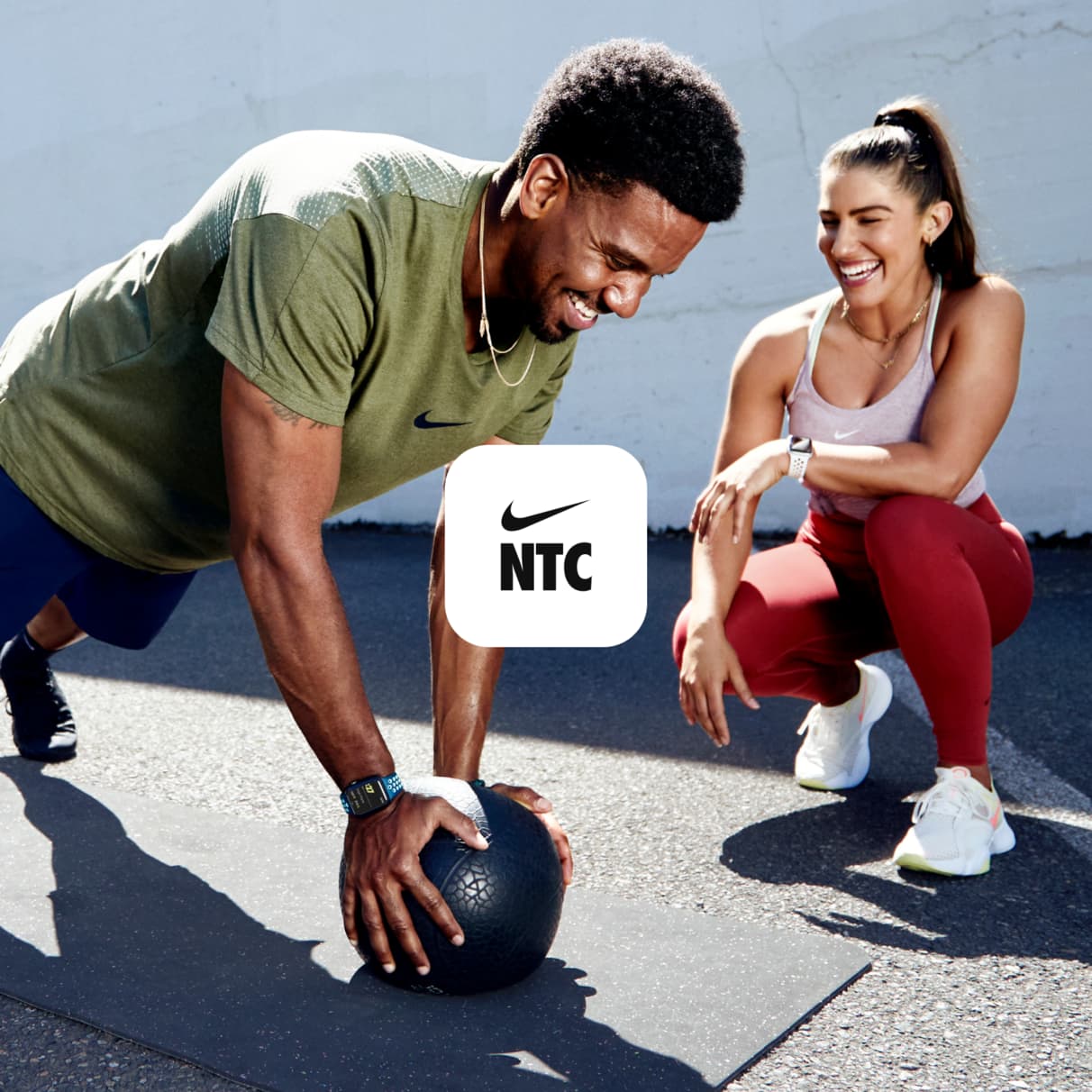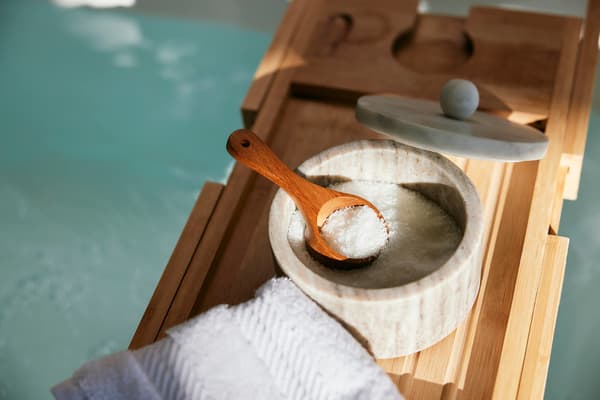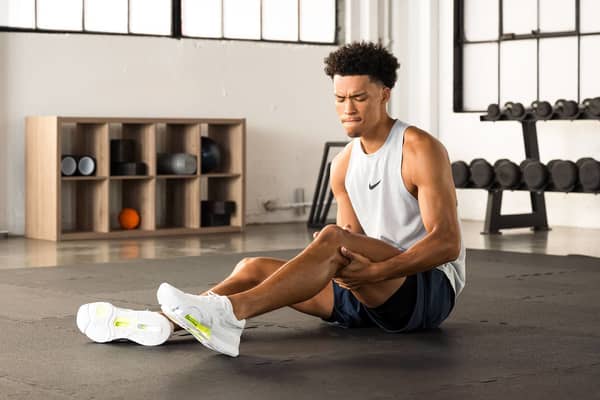What Is Your Rotator Cuff — And What Are Some Exercises for It?
Sports & Activity
These 10 moves work each of the four rotator cuff muscles to increase strength and prevent injury.

Most people tend to forget about their rotator cuffs, let alone give them some TLC.
“This group of muscles is one of the most important parts of your shoulder,” said Duane Scotti, APTA-certified P.T., D.P.T., Ph.D. and founder of Spark Healthy Runner. “It’s comprised of four major muscles and tendons that help you lift objects and reach your arms in all directions.”
In short: They’re crucial for daily activities — and reaching your fitness goals.
“The shoulder joint itself is the most mobile joint in the body,” said Alexis Shoope, APTA- certified P.T., D.P.T., O.C.S., C.S.C.S. and founder of PIONE3R Physical Therapy & Wellness. “Because of this, it relies on stability to come from the muscles. The rotator cuff muscles directly attach to the joint, so they play a key role in this.”
Simple day-to-day tasks would be near impossible without your rotator cuff muscles. Think: strapping your bra behind your back, brushing your hair, throwing a ball, swinging a tennis racket or reaching for something in a high cabinet.
What are the muscles in the rotator cuff?
While most of us think of the rotator cuff as one thing, it’s actually a group of four muscles — each of which performs specific functions. They are:
Supraspinatus: This muscle is located on the top of your shoulder and contributes to abduction, so anytime you raise your arms to the side.
Infraspinatus and Teres Minor: Located in the back of your shoulder, these two muscles work together to stabilize and externally move the glenohumeral joint (frequently referred to as the ball-and-socket joint) that connects the upper limb to the trunk of your body. This joint is responsible for helping move your arm in every angle.
Subscapularis: Located in the front of the shoulder, this muscle aids in internal rotation like when you reach behind your back.
“Although you may not be isolating these muscles with daily tasks, you are definitely using them,” Shoope said. “Most people don’t work on strengthening them separately from the larger shoulder muscles, but can greatly benefit from it.”
Why is it important to strengthen your rotator cuff muscles?
Rotator cuff injuries are common.“Rotator cuff syndrome or subacromial impingement syndrome is the most common cause of shoulder pain and results in pain and disability due to either injury or overuse of the rotator cuff tendons,” Scotti said.
He added that these injuries can occur for numerous reasons, whether that’s a traumatic event like grabbing a rail while falling or simple overuse. “Overuse causes muscle weakness of the rotator cuff muscles and/or the (scapulothoracic) muscles that attach to your shoulder blade (scapula) causing abnormal movement patterns when performing repetitive work above 90 degrees or shoulder height,” he said.
This weakness can happen with age and is commonly seen in people and athletes who repeatedly lift heavy weights or compete in overhead sports such as baseball, tennis, basketball, golf and swimming.
That’s why strengthening this group of muscles will help you in the long run. Below, Scotti and Shoppe share some of the best exercises you can do at home to help strengthen your rotator cuff muscles.
Keep in mind that none of the following exercises should be painful or increase shoulder pain. If you’re dealing with any sort of discomfort in your shoulder, be sure to check in with your doctor or other licensed medical professional before trying these moves or others.
Rotator Cuff Exercises To Help Strengthen Your Muscles
1.Push-Up Plus
Begin in a push-up position, either on your knees or your feet. Lower down into a push-up, keeping your spine neutral. When you reach the top, push your shoulder blades away from each other and back together, as though you’re making a plus sign.
Repeat 10 to 15 times for 2–3 sets.
Muscles targeted: supraspinatus and infraspinatus
2.Prone Horizontal Abduction (or Prone T)
Lie on the floor facing down and bring your arms out to a 90-degree angle. Lift both arms off the ground and slowly draw your shoulder blades together. Slowly lower them back down to the starting position. "Your arms do not need to go much past your body when they are raised,” Shoppe said.
Repeat 10 to 15 times for 2–3 sets.
Muscles targeted: supraspinatus
3.Doorway Stretch
Stand in the middle of a doorway and grab its sides so your arms are parallel to the ground. Do not go above shoulder height. Keep your back straight, shift your weight on your toes and lean forward. You should feel a light stretch in the front of your shoulder. Pause and return to the starting position. Be careful not to overstretch.
Repeat 10 to 15 times for 2–3 sets.
Muscles targeted: supraspinatus
4.Side-Lying External Rotation
Lie on your side. Rest your head on the palm of your bottom arm or stretch your bottom arm and rest your ear on your upper arm. Place your top arm on your waist and bend your elbow to 90 degrees. Rotate your forearm up to the ceiling while maintaining your elbow at 90 degrees. Make sure not to let your upper arm slide off your trunk, which can occur if you rely on momentum, Shoppe said.
Repeat 10 to 15 times for 2–3 sets.
Muscles targeted: infraspinatus and teres minor
5.High Row
Start in a standing position and bring your arms in front of you so that they’re parallel to the ground. Your elbow should be extended and the scapula fully protracted. Draw your elbows back and while keeping them engaged, squeeze your shoulder blades together. Return to the starting position.
Repeat 10 to 15 times for 2–3 sets.
Muscles targeted: teres minor and subscapularis
6.Scaption Shoulder Raise
Start with your arms by your side. With your thumbs pointing up, bring your arms forward 30 degrees. Then, raise your arms 80 degrees to shoulder height. Hold the position for two to three seconds. Then lower your arm back to your side.
“When you first start out, use a light 1 to 3 pound dumbbell or a hammer, and then you can increase weight as you get stronger,” Scotti said.
Repeat 8 to 12 times for 2–3 sets.
Muscles targeted: supraspinatus
7.Band/Cable Column External Rotation
Start in a standing position and roll up a small towel under your arm. This helps bring your elbows slightly away from the body. Face perpendicular to the band/cable column and grab the handle with the arm furthest away from the band. Bend your arm and bring your elbow to a 90-degree angle and rotate your hand out to your side until you reach the side of your chest. Hold for one second and take two seconds to lower the arm back to the starting position.
"Be sure not to rotate your spine or hips while performing this exercise,” Scotti said. “You also won’t need a lot of weight at all as these are two small muscles that do this motion.”
Repeat 10–15 times for 2–3 sets as needed.
Muscles targeted: infraspinatus and teres minor
8.Band/Cable Column Internal Rotation
Start in a standing position and roll up a small towel under your arm. Face perpendicular to the band/cable column and grab the handle with the arm closest to the band. Bend your arm and bring your elbow to a 90-degree angle and rotate your hand inward toward your belly button, however, do not touch your stomach. Hold for one second and take two seconds to lower the arm back to the starting position.
“Do not use your larger pectoralis muscle by bringing your elbow inward and across your body,” Scotti said. “Think of rotating around a broomstick that is extending down through your humerus, aka your arm bone.”
Repeat 10–15 times for 2–3 sets.
Muscles targeted: subscapularis
9.Tennis Ball Wall Circles
Start in a standing position, arm’s length away from a wall. Place a tennis ball on the wall at shoulder height and hold the ball on the wall using an open palm grip. There should be no bend in your elbow. Apply mild pressure into the ball, without leaning your body forward. Make small circles with the ball clockwise and then counterclockwise.
“This exercise focuses on the stability and compressive ability of all four tendons to stabilize that humeral head — ball — inside the glenoid — socket,” Scotti said. “You should feel a deep burning sensation of all these stabilizer muscles working.
Repeat 10–20 times for 2–3 sets.
Muscles targeted: all four rotator cuff muscles
10.Single Arm Military Press with Kettlebell or Dumbbell
Stand tall and place one foot in front of the other to form a staggered stance position. Engage your core and, with weight in hand, bring your arm to shoulder height, with your elbow bent at a 90-degree angle. Push the weight overhead and pause for one second. Then slowly lower the weight back to shoulder height and pause for two seconds before beginning the next rep.
“This movement focuses on an advanced progression that strengthens all four rotator cuff muscles,” Scotti said. Keep in mind that this movement should be completely pain-free, he said.
Repeat 8–10 times for 2–3 sets.
Muscles targeted: all four rotator cuff muscles
Words by Faith Brar

